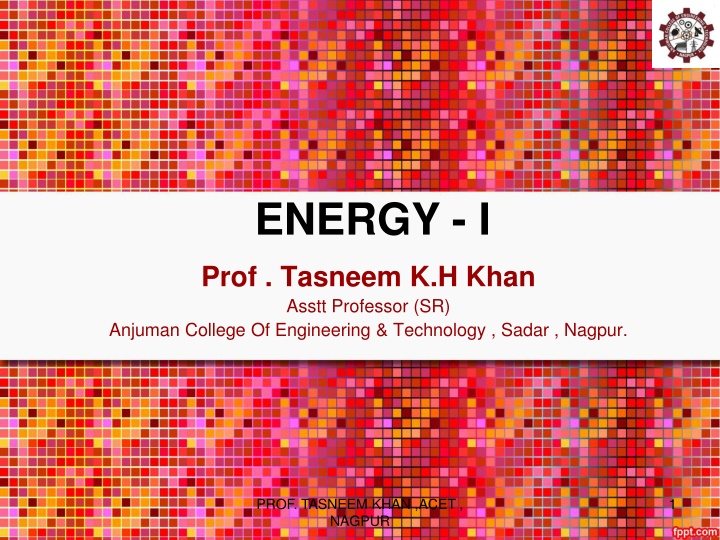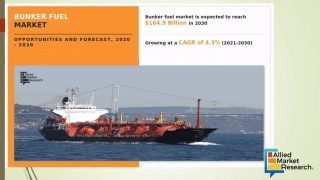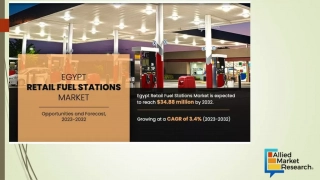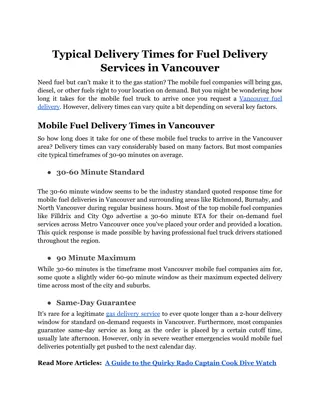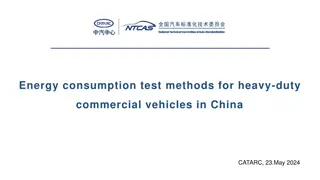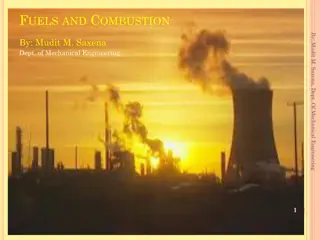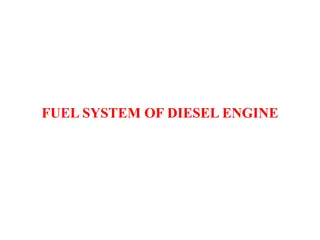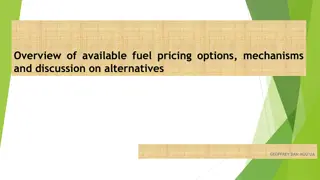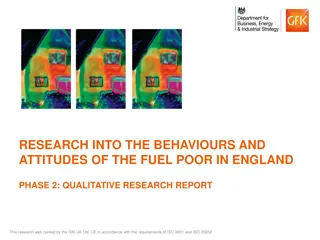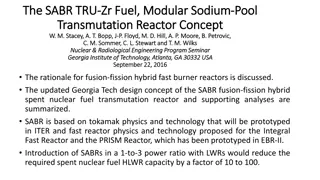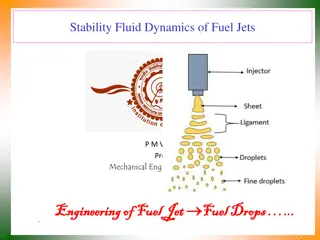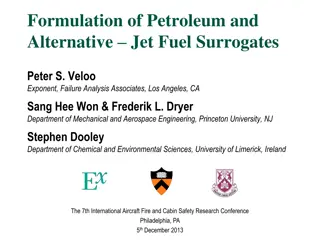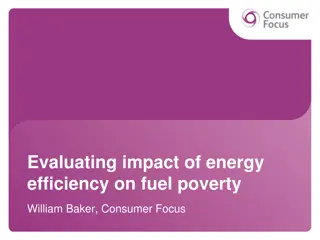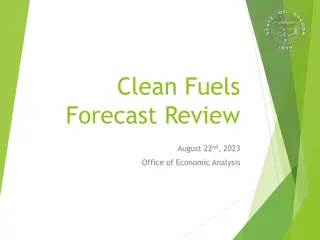Introduction to Fuel Types and Calorific Value
Various types of fuels - liquid, solid, and gaseous - play essential roles in boilers and furnaces. Understanding fuel properties is crucial for efficient use. Calorific value, higher and lower calorific value, proximate and ultimate analysis, bio-diesel, LPG, CNG, and non-conventional energy sources are key topics covered in this content.
Download Presentation

Please find below an Image/Link to download the presentation.
The content on the website is provided AS IS for your information and personal use only. It may not be sold, licensed, or shared on other websites without obtaining consent from the author.If you encounter any issues during the download, it is possible that the publisher has removed the file from their server.
You are allowed to download the files provided on this website for personal or commercial use, subject to the condition that they are used lawfully. All files are the property of their respective owners.
The content on the website is provided AS IS for your information and personal use only. It may not be sold, licensed, or shared on other websites without obtaining consent from the author.
E N D
Presentation Transcript
ENERGY - I Prof . Tasneem K.H Khan Asstt Professor (SR) Anjuman College Of Engineering & Technology , Sadar , Nagpur. PROF. TASNEEM KHAN ,ACET , NAGPUR 1
CONTENTS OF UNIT Fuels: Introduction: Calorific value, Higher and lower calorific value; determination of calorific value by Bomb and Boy s calorimeter; numerical based on calorific value determination; Solid fuels-significance of proximate and ultimate analysis; numerical (Dulongs formula) Composition, properties, advantages, limitations and applications of bio-diesel, LPG, CNG Non-conventional energy sources: General applications advantages and limitations of non-conventional energy sources. Rocket propellants: Principle and classification of propellants PROF. TASNEEM KHAN ,ACET , NAGPUR 2
INTRODUCTION The various types of fuels like liquid, solid and gaseous fuels are available for firing in boilers, furnaces and other combustion equipments. The selection of right type of fuel depends on various factors such as availability, storage, handling, pollution and landed cost of fuel. The knowledge of the fuel properties helps in selecting the right fuel for the right purpose and efficient use of the fuel. PROF. TASNEEM KHAN ,ACET , NAGPUR 3
Fuel A fuel may be defined as all the combustible substances that combine with atmospheric oxygen with the evolution of large amount of heat which can be used for practical purposes. PROF. TASNEEM KHAN ,ACET , NAGPUR 4
Fuels are classified into two types: PROF. TASNEEM KHAN ,ACET , NAGPUR 5
CALORIFIC VALUE The calorific value or heating value of a fuel is the amount of heat released during the complete combustion of unit mass of fuel. It is a characteristics property of a fuel. It is measured in units of heat per unit mass of fuel , such as cal/g , kcal/Kg etc. It can be classified into two types: High or gross calorific value (HCV/GCV) & Lower or net calorific value (LCV/NCV) PROF. TASNEEM KHAN ,ACET , NAGPUR 6
Gross or Higher Calorific Value (G.C.V. or H.C.V.) It is the total amount of heat liberated by the complete combustion of a unit mass of fuel and products of combustion are cooled to room temperature (60 F or 15 C) When a fuel containing hydrogen is burned, the hydrogen will be converted into steam. As the products of combustion are cooled to room temperature, the steam gets condensed into water and latent heat is evolved. Thus the latent heat of condensation of steam so liberated is included in G.C.V. PROF. TASNEEM KHAN ,ACET , NAGPUR 7
Net or Lower Calorific Value (N.C.V. or L.C.V.): It is the net heat produced when a unit quantity of fuel is completely burnt and the products of combustion are allowed to escape. Thus, Net calorific value = Gross calorific value latent heat of condensation of steam. N.C.V. = G.C.V. Mass of hydrogen per unit weight of fuel burnt x 9 x latent heat of vaporisation of water. H2 + O2 H2O 2g 16g 18g 1g 8g 9g PROF. TASNEEM KHAN ,ACET , NAGPUR 8
Thus 1 part by weight of Hydrogen gives 9 parts by weight of water. And the latent heat of steam is 587 cal/gm or Kcal/Kg. Hence, N.C.V. = G.C.V. 9 x H/100 x 587 = G.C.V. 0.09 x H x 587 Where, H = % of hydrogen in the fuel. PROF. TASNEEM KHAN ,ACET , NAGPUR 9
Units of Calorific Value Calorie (Cal) or gram calorie (g cal): It is the amount of heat required to raise the temperature of 1 gm of water through 1 C. 1 Cal= 4.185 Joules =4.185 x 107ergs. Kilo-calorie (Kcal): It is the amount of heat required to raise the temperature of 1 kg of water through 1 C. 1 Kcal = 1000 Cal PROF. TASNEEM KHAN ,ACET , NAGPUR 10
British Thermal Unit (B.T.U.): It is the amount of heat required to raise the temperature of 1 pound (lb) of water through 1 F. 1 B.T.U. = 252 Cal 1 Kcal = 3.968 B.T.U. = 1054.6 J It is defined 4. Centigrade heat unit (C.H.U.): as the amount of heat required to raise the temperature of 1 lb (pound) of water through 1oC. 1 kcal = 1000 cal = 3.968 B.T.U. = 2.2 C.H.U. PROF. TASNEEM KHAN ,ACET , NAGPUR 11
